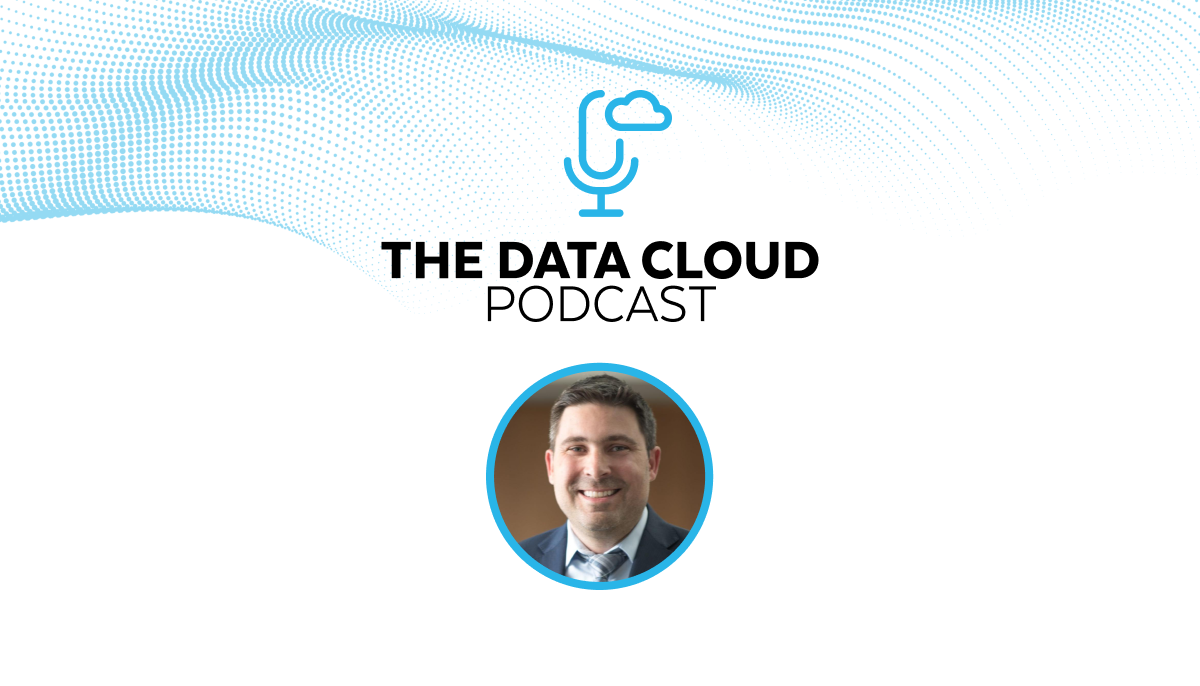
As deputy CIO and the former Chief Data Officer at the City and County of Denver, a primary area of focus for Paul Kresser is how to enable the use of near real-time data to drive informed decisions to deliver better and more consistent services to its citizens. In a recent episode of The Data Cloud Podcast, Kresser discussed the impetus for adopting cloud technologies and the benefits of an enterprise data hub.
The City and County of Denver has a 2022 operating budget of $2.6 billion and employs over 13,000 full-time staff. The organization has a unique structure serving both municipal functions as well as county functions (the administrative arm of the state) in what’s known as a consolidated or unified government. In practical terms, this means delivering all the services expected from a city, including departments of public works, transportation infrastructure, planning development, and public safety, with the additions of county-level functions such as the public health authority, the human services department, and the sheriff’s department.
“From an IT perspective, there are a host of agencies that we are responsible for ensuring that they are empowered and enabled to deliver a huge breadth of services,” Kresser said, speaking of the group in which he works, the organization’s Technology Services (TS) department. “Our department’s mission is quite simple: to improve city performance.” The data strategy mirrors that mission, going beyond providing technology to give city agencies access to the data, frameworks, strong governance, and related tools and expertise to fully leverage their data to deliver exceptional services to constituents and residents.
The City and County of Denver’s journey to adopt cloud technologies started four years ago. It was born out of the realization that the technology model the organization was using could no longer meet the analytics demands of the TS department’s agency partners. “They were looking for solutions that could offer near real-time reporting capabilities to make decisions, while we were still reliant on scheduled reports that would run overnight,” Kresser said. He recalled the frustration on both sides as it could take weeks for TS to address an agency’s request for access to data sets. With no true data inventory or catalog in place, there was also a general lack of knowledge about available data assets.
The initial vision was for a scalable, elastic cloud solution functioning as a one-stop shop where all of the organization’s 200-plus analysts could access, analyze, and share their data. In deploying cloud technologies and an enterprise data hub, the City and County of Denver has already come a long way toward delivering on that vision.
“We now have a much better grasp on our data, and we’re in the process of selecting and soon to be implementing the data catalog solution that we think is going to enable self-service analytics across the city,” Kresser said. The organization will apply its information security’s role-based access controls to the data sets so that an individual analyst only sees the data they’re entitled to, by virtue of their role in the organization.
At the same time, the City and County of Denver has consolidated all of its data engineering, architecture, privacy, and protection teams along with BI analysts in its central data group within the TS department, while data analysts work out of their respective agencies. “We at TS are no longer in the business of trying to create and run reports for agencies,” Kresser said. “It’s much more sustainable for those who understand and work with the data the most to be creating and running their own reports. We just need to be able to enable them to be successful.”
Kresser has been involved in helping to address the City and County of Denver’s major government initiatives through the use of data; for example, how to address the opioid epidemic related to the misuse of fentanyl. “We’ve pulled teams of data analysts together, across multiple agencies, to form a task force to bring data sources together to identify where public safety and public health hot spots exist,” Kresser said. “They’re looking at dozens of different variables to identify those areas so that we can concentrate our resources on those identified hot spots.”
Looking five years into the future, Kresser is intrigued by the application of AI and machine learning technologies to help make real-time, data-driven decisions, such as optimizing the routing of city assets like snow plows or in preemptively addressing likely calls into the organization’s 3-1-1 call center. “We have such a wealth of data and information that we’re only just beginning to scratch the surface of what’s possible,” he said.
The Data Cloud is a podcast hosted by award-winning author and journalist Steve Hamm. For each episode, Hamm speaks with a data leader to learn how they leverage the cloud to manage, share, and analyze data to drive business growth, fuel innovation, and disrupt their industries. You can listen to more episodes here.
Originally posted on October 24, 2022 @ 6:26 pm
